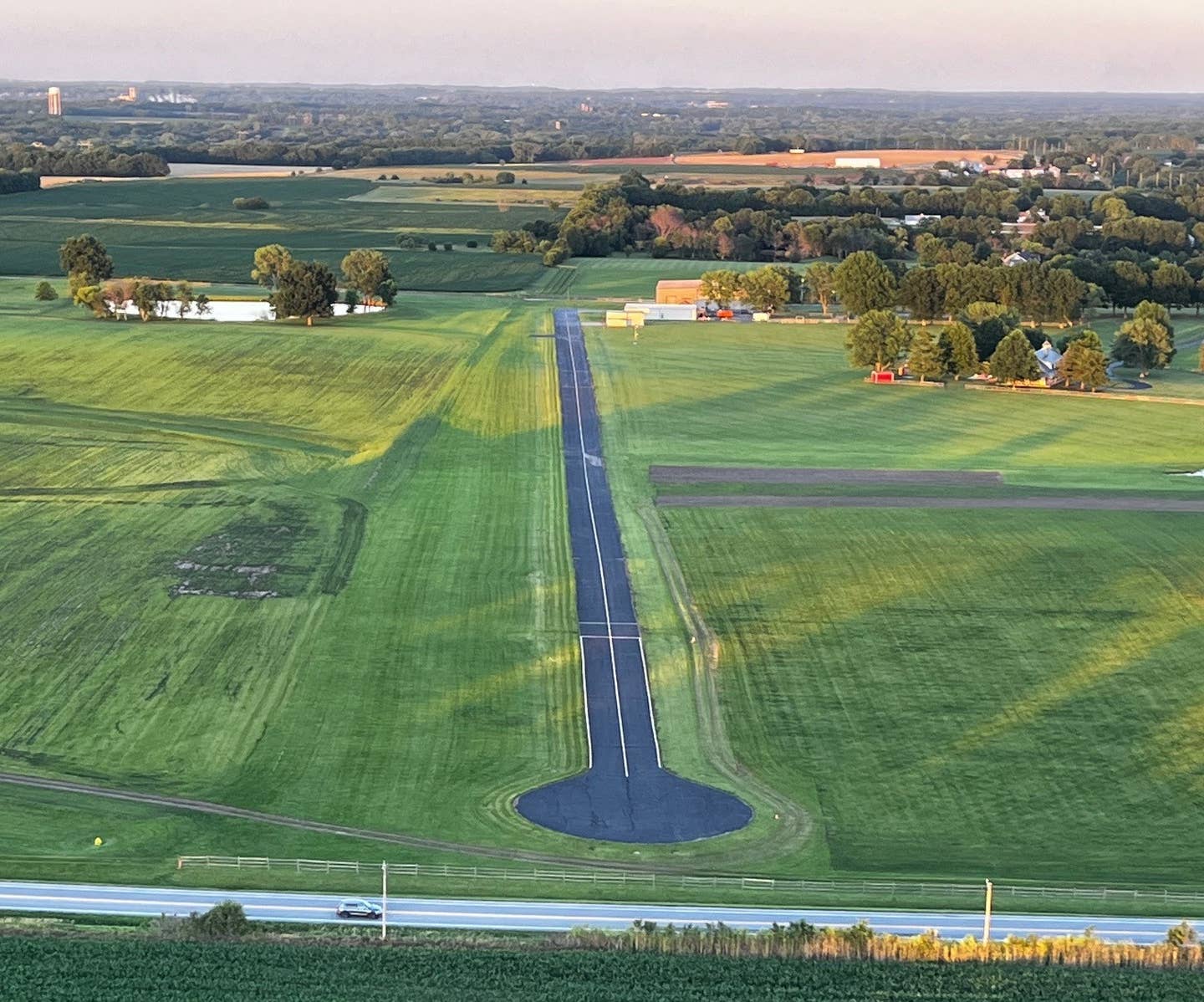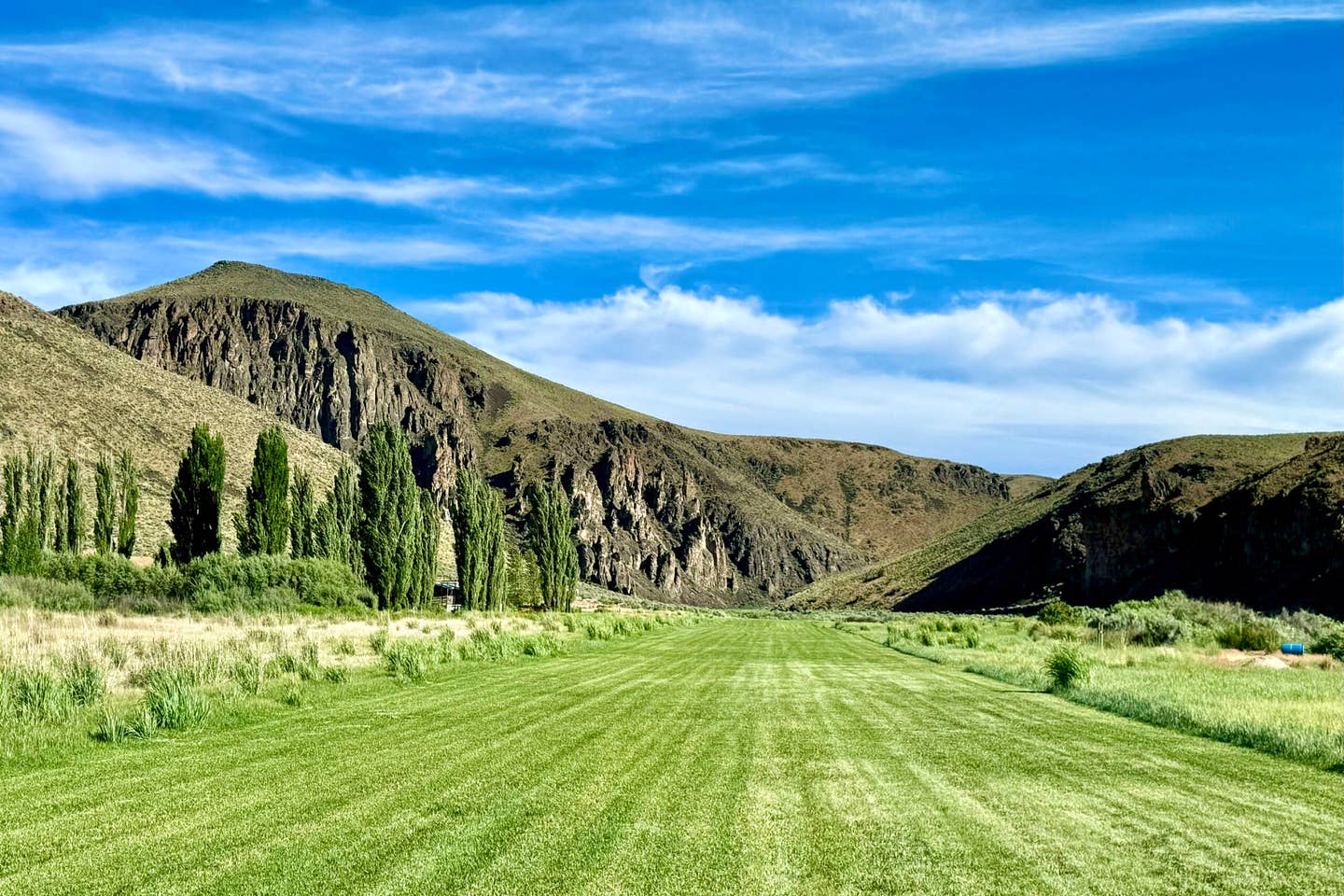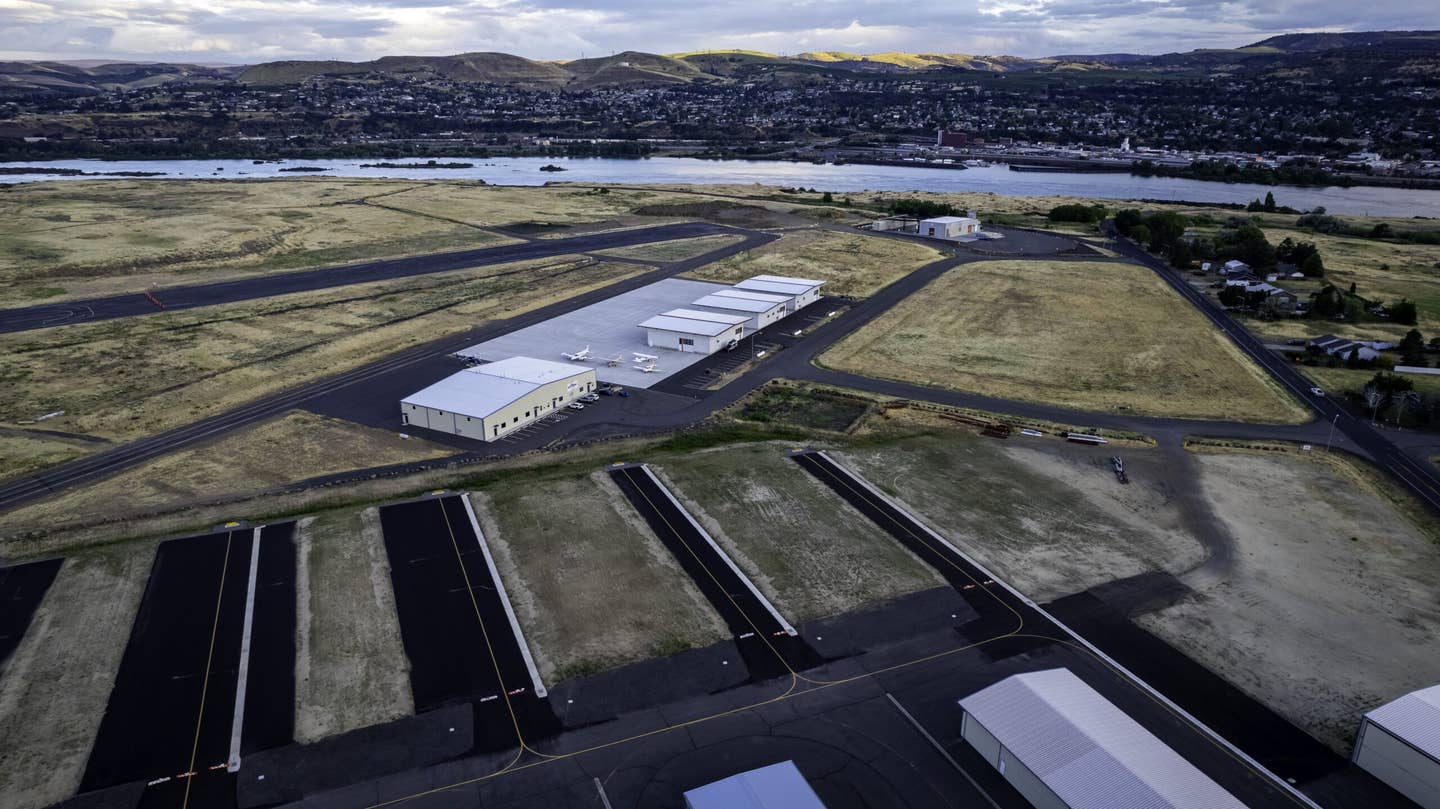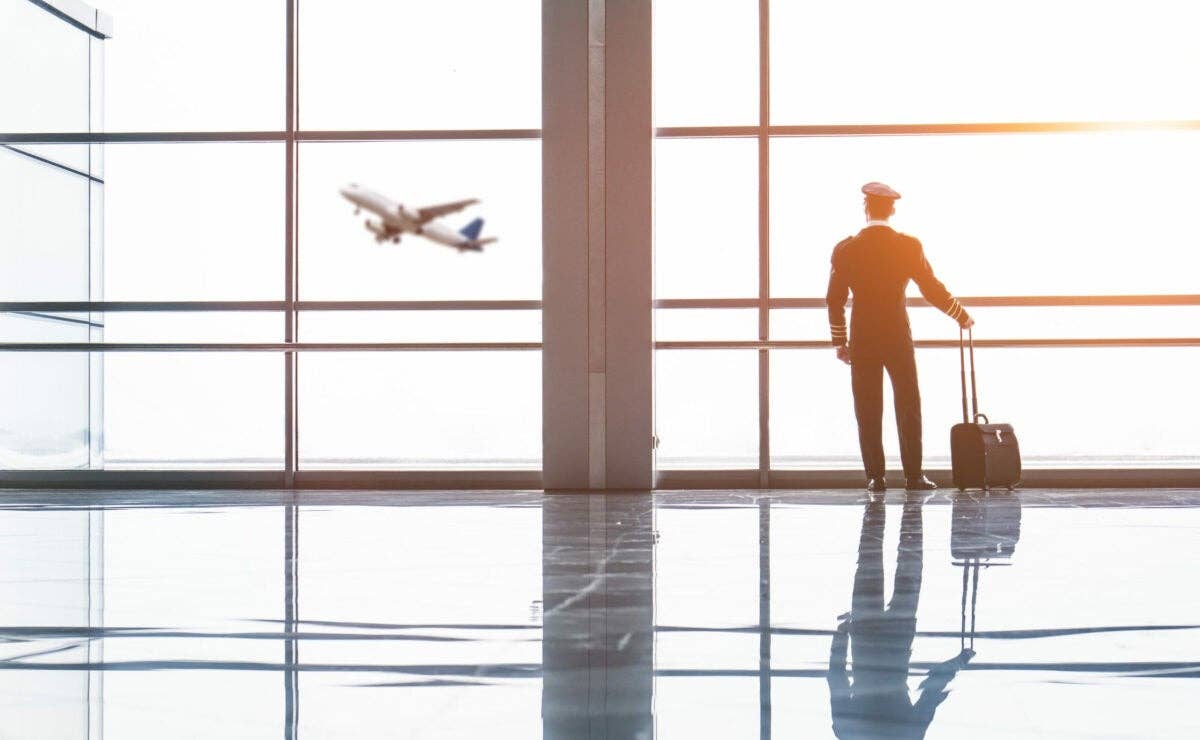Choose the Right Airplane for Your Sequatchie Sojourn
Several amphibious aircraft will get you where you want to go for your Sequatchie Valley adventure.
An ICON A-5 is an ideal aircraft for touching down on the many rivers and lakes in Southeast Tennessee. [Photo: Jim Barrett]
The Sequatchie Valley appeals because of its dramatic scenery away from the crowds, yet proximity to a number of airports and waterways upon which to land. Depending on the activities you plan during your visit, you may go a number of different routes when it comes to a choice of airplane—but our recommendation is to keep things flexible with an amphibious aircraft that allows you to drop in on both land and water.
Modern: ICON A5
In the air, the ICON A5 shows off a carbon-fiber design with truly docile low-speed handling characteristics, and serious stall and spin resistance. The A5 cruises at 85 knots indicated airspeed—and you can fly with the windows removed at 75 kias. It’s powered by a fuel-injected, 100 hp Rotax 912.
When it’s time to land, the 1,510-pound light sport aircraft gives the pilot two options: pavement or water. On dry land, the A5 uses a tricycle-gear configuration with a castering nosewheel. For a water landing, the A5’s gear tucks up into the hull—there are no struts or sponsons to mar its clean lines.
In front of the pilot and passenger lies the brains of the A5, with a couple of options. The A5 transitioned from a Garmin aera 796 multifunction display and GPS to a Garmin 3X Touch in 2021. The 3X Touch gives owners the chance to add a two-axis autopilot. It also comes standard with ICON’s ballistic airframe parachute system (IPS) and an angle-of-attack indicator. The A5 makes an ideal modern amphib platform.
Classic: Lake LA-250 Renegade
Because Lake Aircraft (under various owners) has delivered more than 1,300 aircraft over its 70-year history, pilots conjure up its silhouette when they think of the word “seaplane.” With a center-mounted Lycoming IO-540 engine (in 250 hp or a turbocharged 270 hp version) and twin sponsons, the Renegade, introduced in 1982, follows in the footsteps of the 1950s-era Buccaneer.
The Renegade weighs 3,050 pounds at max gross, with a useful load of more than 1,000 pounds, depending on the engine. With seats for up to six people, you can take more friends or family along on the adventure with you. It’s a capable amphib all around, with the ability to fly IFR and a range of up to 1,036 nm, running at around 132 kias.
The company’s assets are up for sale, including the type certificate, but the classic amphib—available on the used market—offers flexibility for pilots who want to go further and faster before they splash down.
Utility: Cessna 180 Series on Floats
If your adventure in the Sequatchie Valley involves outdoor pursuits, such as rock climbing, camping, or fishing, you might consider the workhorse of the outback: the Cessna 180 series of airframes on floats.
Fitted with Wipaire’s Wipline Model 3000 floats, the Cessna 180 series can haul quite a bit of people and gear, and it retains the easy in-flight handling characteristics of those Cessna models, the 180, 182, and 185, depending on which model you find in this varying marketplace.
You can also adapt your airframe to floats, though not all models can make the transition. In the process, you may be able to upgrade with a Kenmore supplemental type certificate (STC) offering a gross weight increase to 3,190 pounds, augmenting useful load by about 240 pounds.
This article was first published in the 2022 Southeast Adventure Guide edition of FLYING Magazine.

Subscribe to Our Newsletter
Get the latest FLYING stories delivered directly to your inbox






